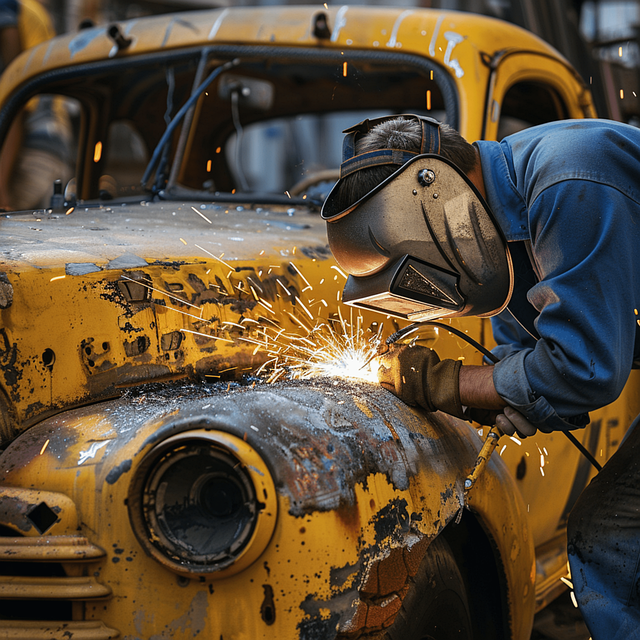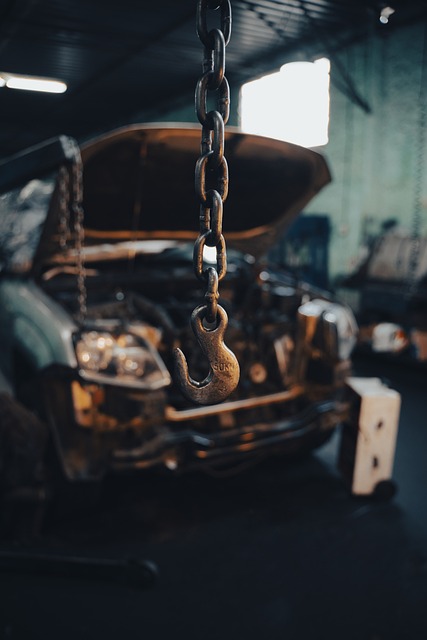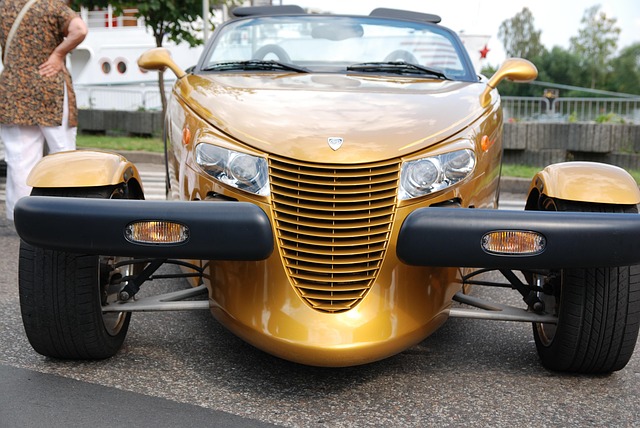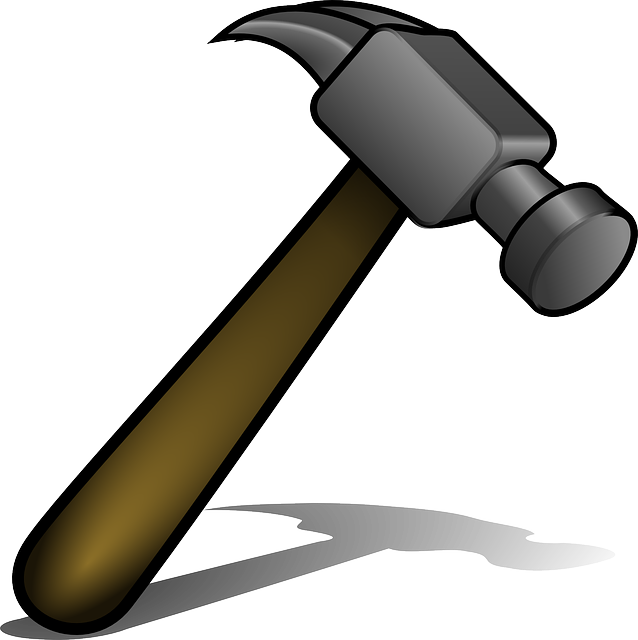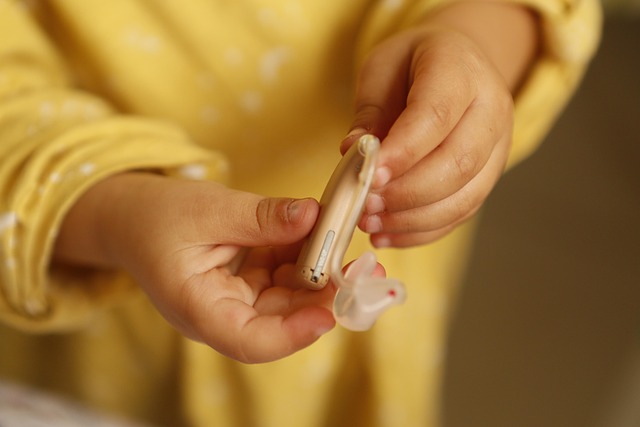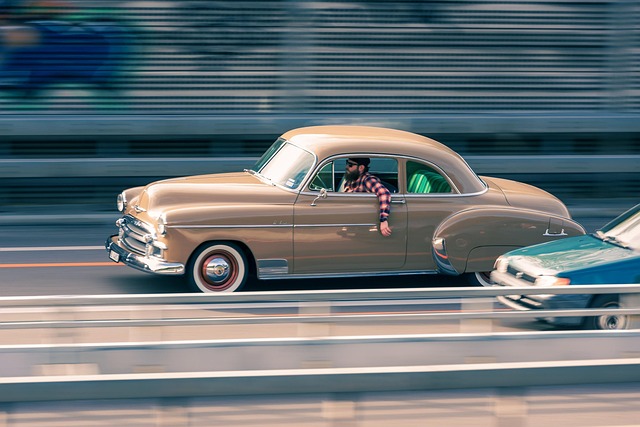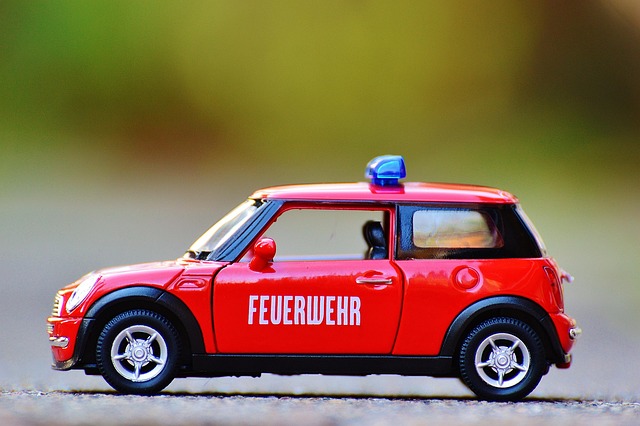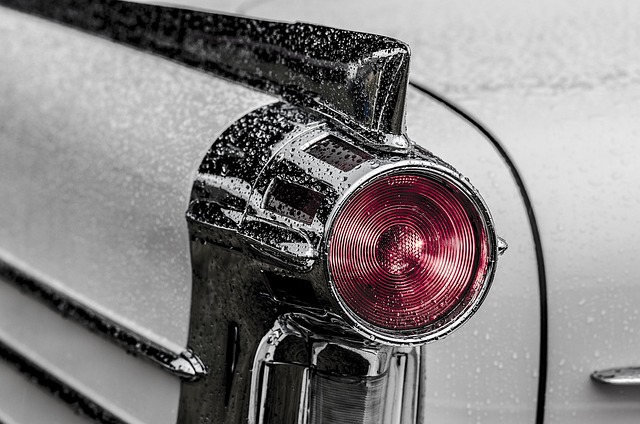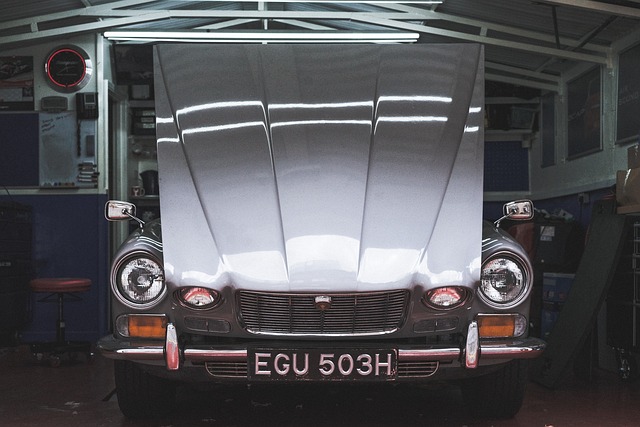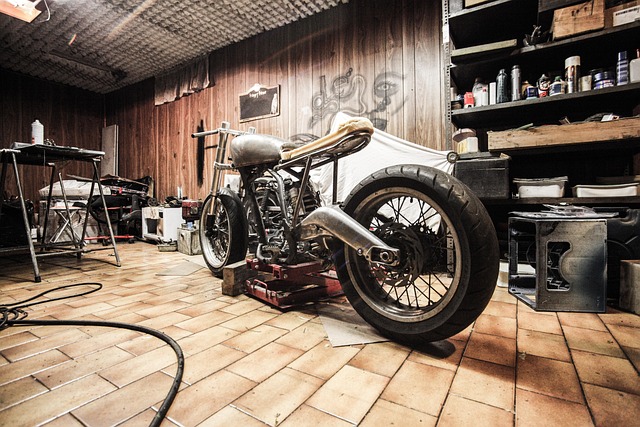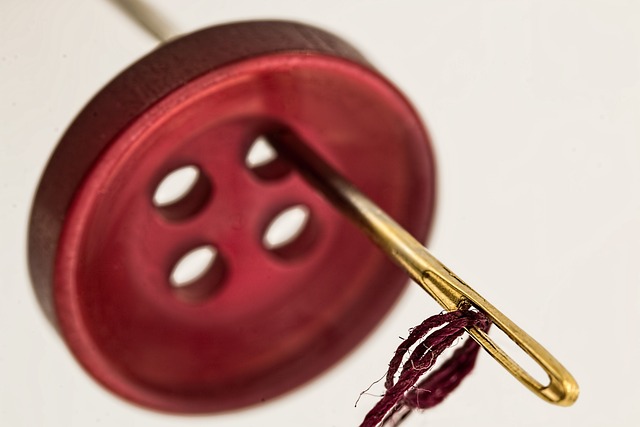Paintless Dent Repair (PDR) is a cutting-edge auto body service for steel panels, offering Mercedes Benz owners a swift and cost-effective way to remove dents without repainting. Skilled technicians use specialized tools to gently push out dents, preserving the car's original factory finish and structural integrity. PDR is ideal for maintaining the luxurious appearance of high-end vehicles like Mercedes, ensuring value and aesthetic appeal while significantly reducing repair times compared to traditional methods.
In today’s automotive industry, Paintless Dent Repair (PDR) has emerged as a game-changer for metal restoration. This innovative technique offers a cost-effective alternative to traditional body shop repairs, particularly for delicate finishes like steel panels. Understanding the unique considerations and benefits of PDR for steel is crucial, as it differs from aluminum due to its physical attributes. This article delves into these distinctions, comparing repair techniques for both materials, and provides insights to help professionals choose the best approach for optimal results.
- Understanding PDR for Steel Panels: Techniques and Benefits
- – Definition of PDR (Paintless Dent Repair)
- – Unique considerations for steel panel repair
Understanding PDR for Steel Panels: Techniques and Benefits
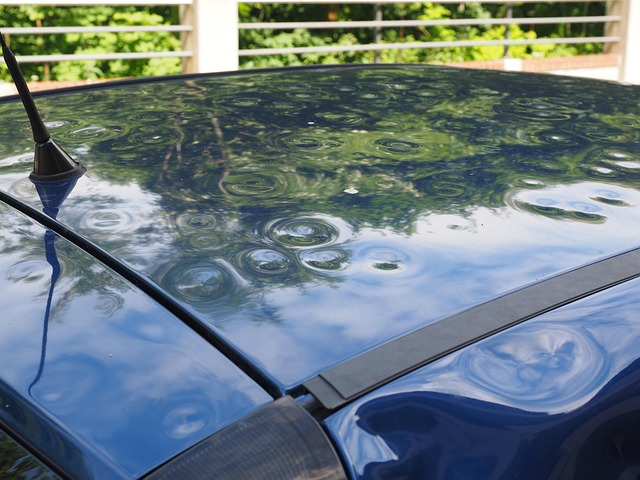
Paintless dent repair (PDR) for steel panels has revolutionized vehicle repair, particularly for Mercedes Benz and other high-quality automotive brands. This non-invasive technique leverages specialized tools and skilled technicians to remove dents and dings from a car’s exterior without damaging the paint or requiring extensive painting processes. PDR for steel panels benefits from the metal’s malleability, allowing technicians to gently push out dents while preserving the original factory finish.
This approach offers several advantages over traditional vehicle paint repair methods. By avoiding sandblasting, sanding, and repainting, PDR reduces repair times and labor costs significantly. It also minimizes the risk of color mismatches, ensuring a flawless finish that matches the vehicle’s original aesthetics. For Mercedes Benz owners, maintaining the car’s luxurious appearance is paramount, making PDR an ideal solution for preserving the vehicle’s value and allure through effective yet subtle dent removal.
– Definition of PDR (Paintless Dent Repair)
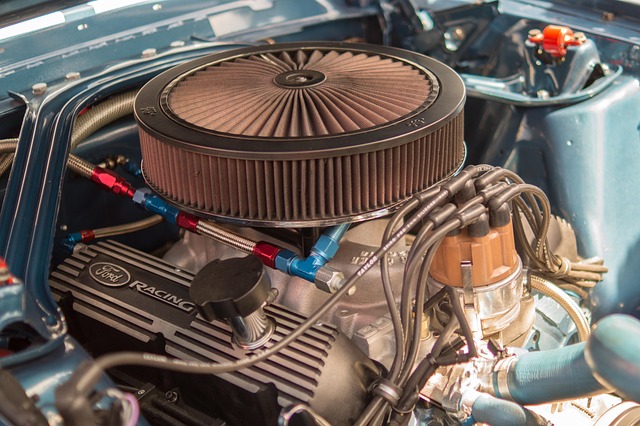
Paintless Dent Repair (PDR) is a specialized auto repair service that focuses on restoring vehicle body panels to their original shape and finish without using traditional painting or sanding techniques. This non-invasive approach, particularly effective for steel panels, involves skilled technicians manipulating a range of tools to gently push the dented area back into place. PDR is an increasingly popular option in vehicle body shops due to its cost-effectiveness and ability to preserve the original factory finish.
By eliminating the need for extensive paintwork and using advanced tools tailored for specific metal types, PDR can significantly reduce repair times compared to conventional methods. This makes it a preferred choice not just for aesthetic restoration but also for those seeking swift and efficient vehicle body repair without compromising on quality.
– Unique considerations for steel panel repair
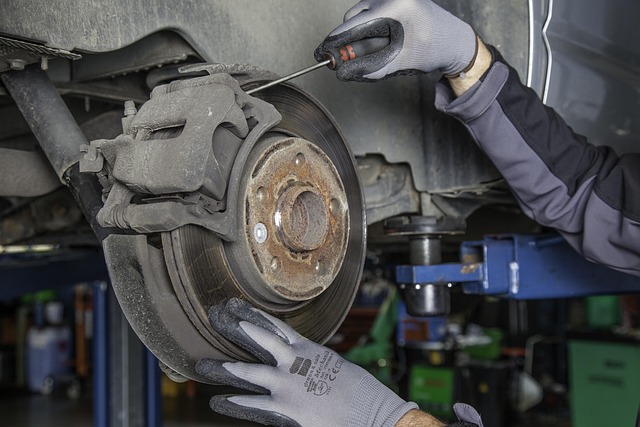
When it comes to PDR for steel panels, there are unique considerations that differ from aluminum. Steel, being a denser and stiffer material, requires specific techniques for effective dent removal. The first step involves thoroughly inspecting the panel to identify any underlying damage or structural weaknesses, as steel’s strength is integral to its integrity. Professionals skilled in PDR for steel panels use specialized tools designed to handle the material’s unique properties, ensuring precise and safe dent removal.
These techniques often involve controlled pressure points and specific tool angles to avoid marring the surface while effectively extracting dents. The goal is not just to remove the visible imperfection but also to preserve the panel’s structural integrity, which is crucial for vehicle restoration and maintaining overall car damage repair quality. Proper PDR on steel panels can result in a virtually undetectable repair, enhancing both the aesthetics and safety of the vehicle.
In comparing PDR for steel panels with other repair methods, it’s evident that both steel and aluminum offer distinct advantages. Steel’s structural integrity and resistance to corrosion make it ideal for severe dents, while aluminum’s lightweight nature and formability are beneficial for less deep damage. Choosing the right technique depends on the specific dent pattern and vehicle type. Ultimately, PDR techniques for steel panels provide a cost-effective, time-saving solution that maintains the original factory finish, ensuring your vehicle retains its value and aesthetics.
